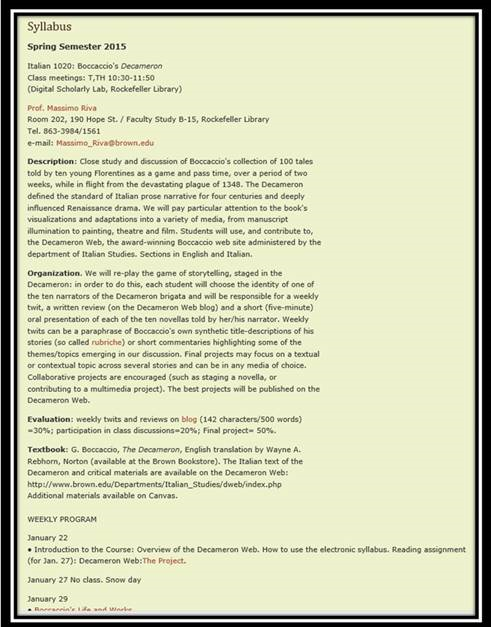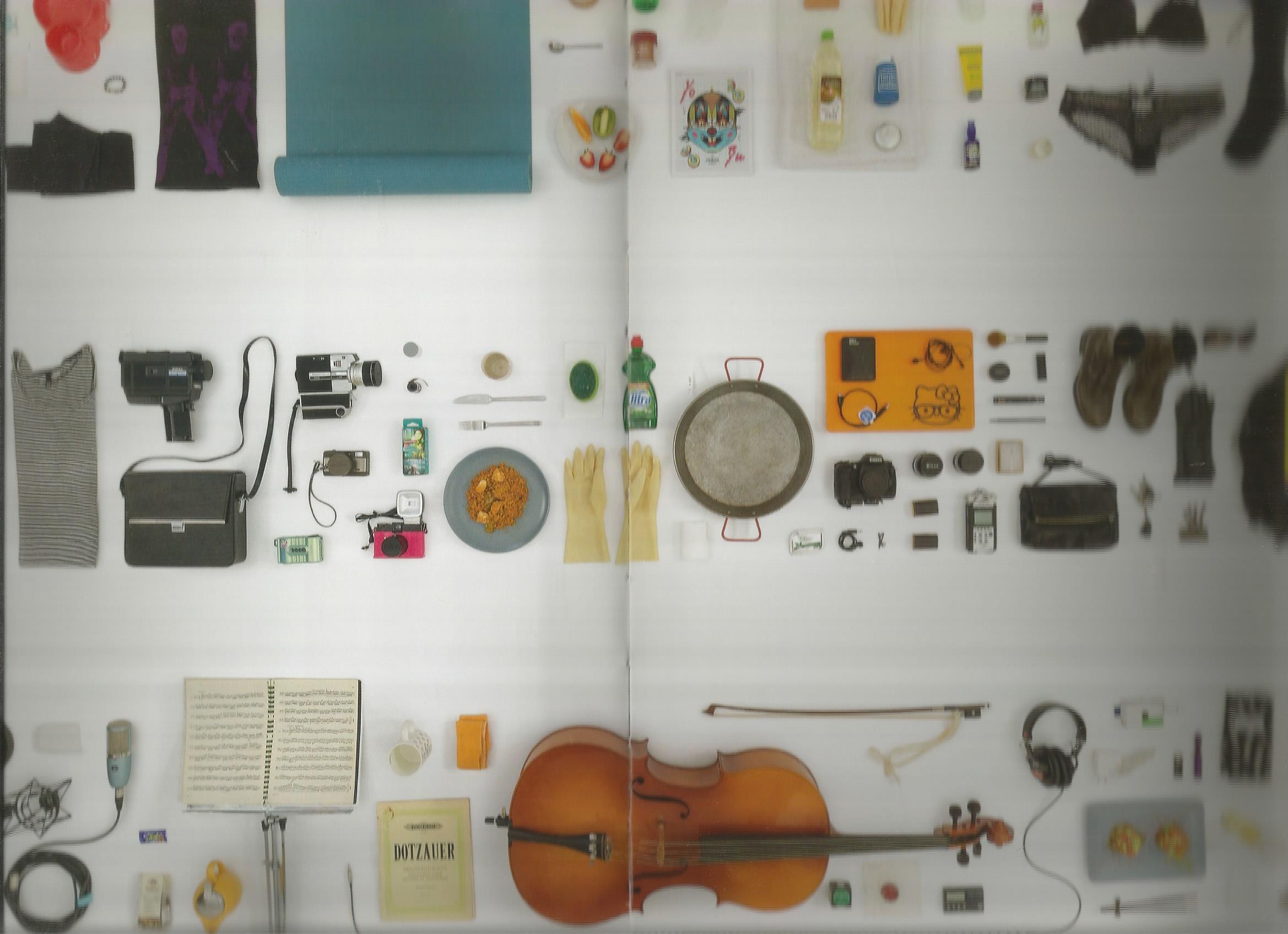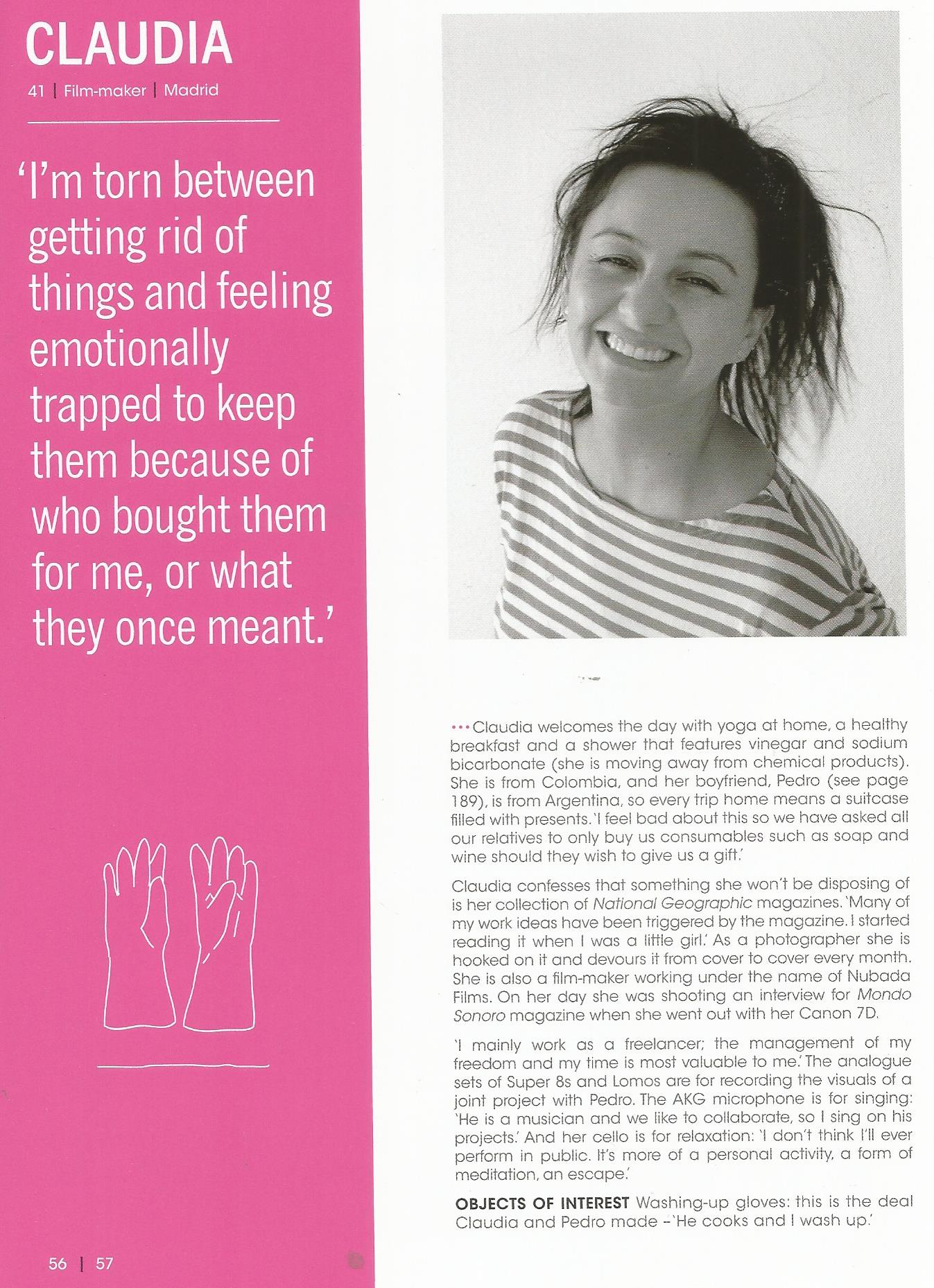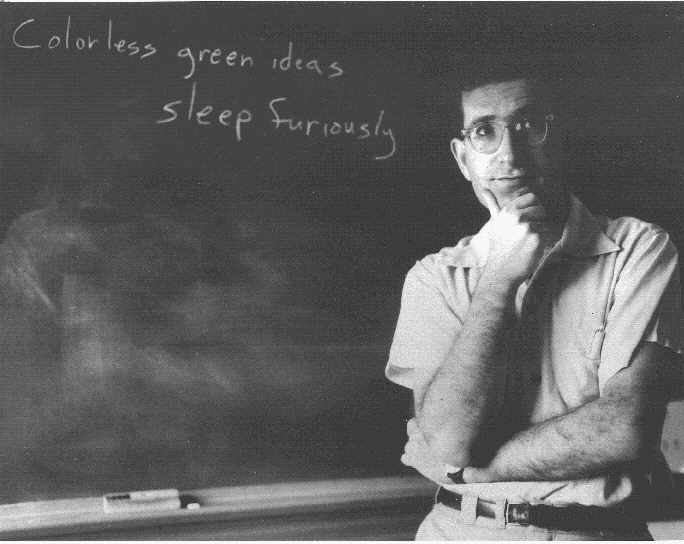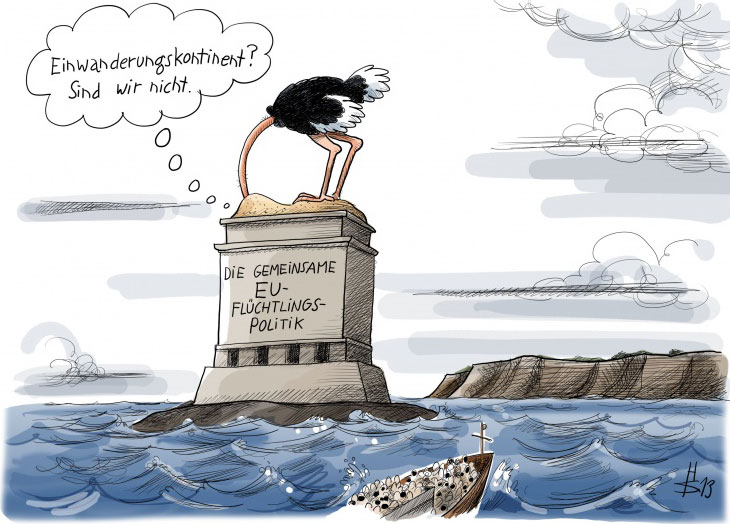This is a rant I must admit, but underneath it and on reflection it rang a bell with this, read afterwards in Friesen, N. ‘Three Objections to Learning Objects and E-Learning’ http://www.learningspaces.org/papers.objections.html
'It is simply that innovations must be presented in terms that are meaningful for teaching practice'
_____________________________________________________________________
The original rant
I had a read of Downes on Learning Objects (2001) just now and before going on to read the critics, I thought I'd jot down a strong reaction that I had against this article - full of the prejudice and rant that accompanied it The article is a bit of a 'straw man' I know since it has clearly failed to describe an emerging reality even now, 13 years later. And.....
Of course, this paper would never be my taste. It forefronts the economic case - the unit - cost of learning and then attempts to see all learning, across different disciplines as reducible to objects which can be nested inside each other all the way up the formation of a bespoke course for cheaper more efficient 'course' generation from discrete modules of learning.
That sounded great when talking about 'sine wave function' but that is only, perhaps that I have no idea what this signifies.
The bile rose when we got to Hamlet. Very basic misunderstandings underlay the case that were obvious to me perhaps because English Literature was what I taught for 11 years at Roehampton in West London in the 1980s and now I don't teach it - love it the more..
For instance; 'there is only one text of Hamlet'
The assumption staggered me. Shakespeare did not, even if he wrote the plays at all, produce one text. There are a number of different quarto size publications, each with differences - probably used as acting texts and written to prompt the production. The Folio text was an amalgamation embedding lots of edited variants, because what they got from the texts didn't sound right and was not overseen by the author - now dead. Some very famous lines by 'Shakespeare' were born well after his death: 'He babbled of green fields' about Falstaff in 2 Henry IV was entirely invented by the Folio editors, Heminge and Condell, we think, but don't know because they may be remembering a production they saw or acted in..
Every production of Hamlet that follows the original ones changes the order and sometimes the language of the text, intentionally or unintentionally (several times in the Cumberbatch National Theatre version last year)..
Writing and speaking language involves choices - of which texts are a frozen record, perhaps even then not being able to disentangle all the ambiguities of meaning in the text.
Standardisation sounds good - and yes it is efficient and cheap - but it reproduces 'reality' in a very problematic ways, eradicating the complexities of say, language in action - the enormous gaps between spoken and written language, visualisable action and speech (with gesture) and more cognitive reproductions (known as 'reading') - but even that can involve lip movement and sly gestures. You can't standardise very easily the road to thjese complex issues.
For instance, I remember studying 1 Henry IV at O Level, We read as doggerel chanting in class (it was a long time ago). the old Henry IV in his second line saying:
'Find we a time for frighted peace to pant'
It was years until I saw that that word 'pant' runs through the experience of the play - old fat men trying to run (Falstaff) or the breathlessness involved in speaking while in action - especially fighting.

Panting isn't in the text of the play only - it is in how the body reacts to the complex interactions between acting, breathing, speaking and struggling. 'One text of Hamlet' - never. Texts are multimodal in potential - their emergent possibilities endless. We cam't standardise the route to that learning - however many critical essays we reduce the content of the play to.
All the best
Steve
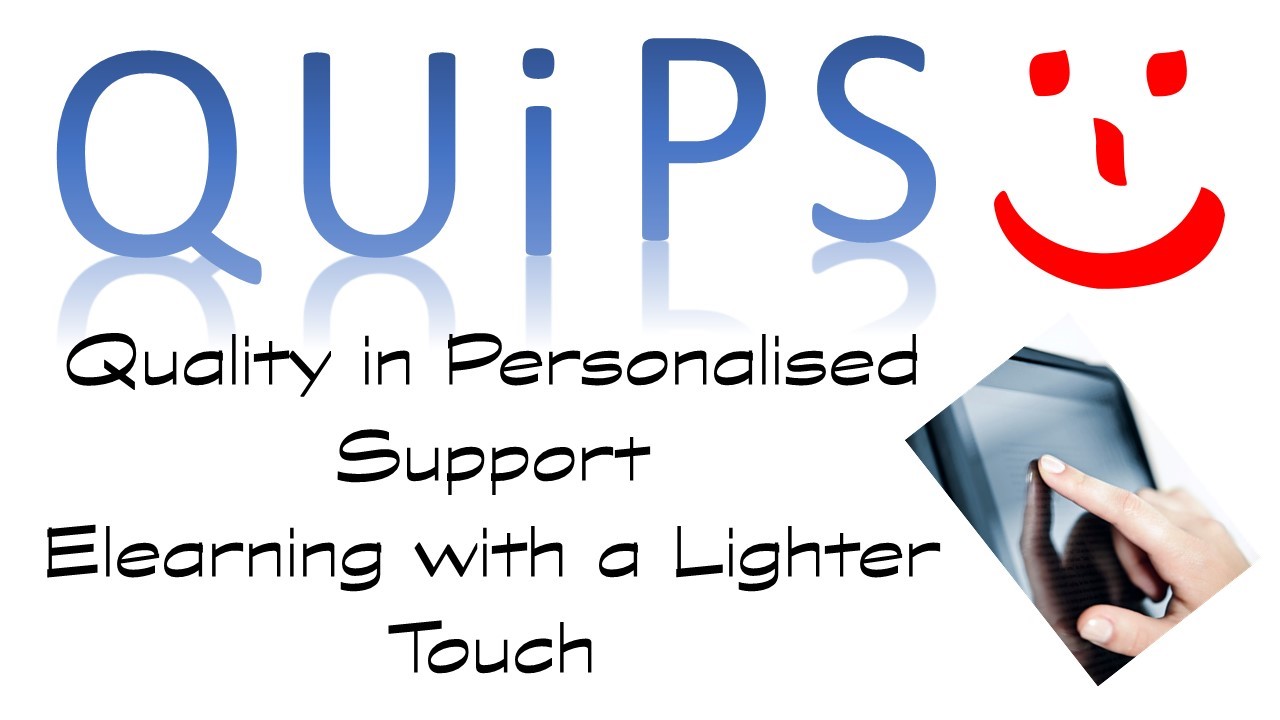
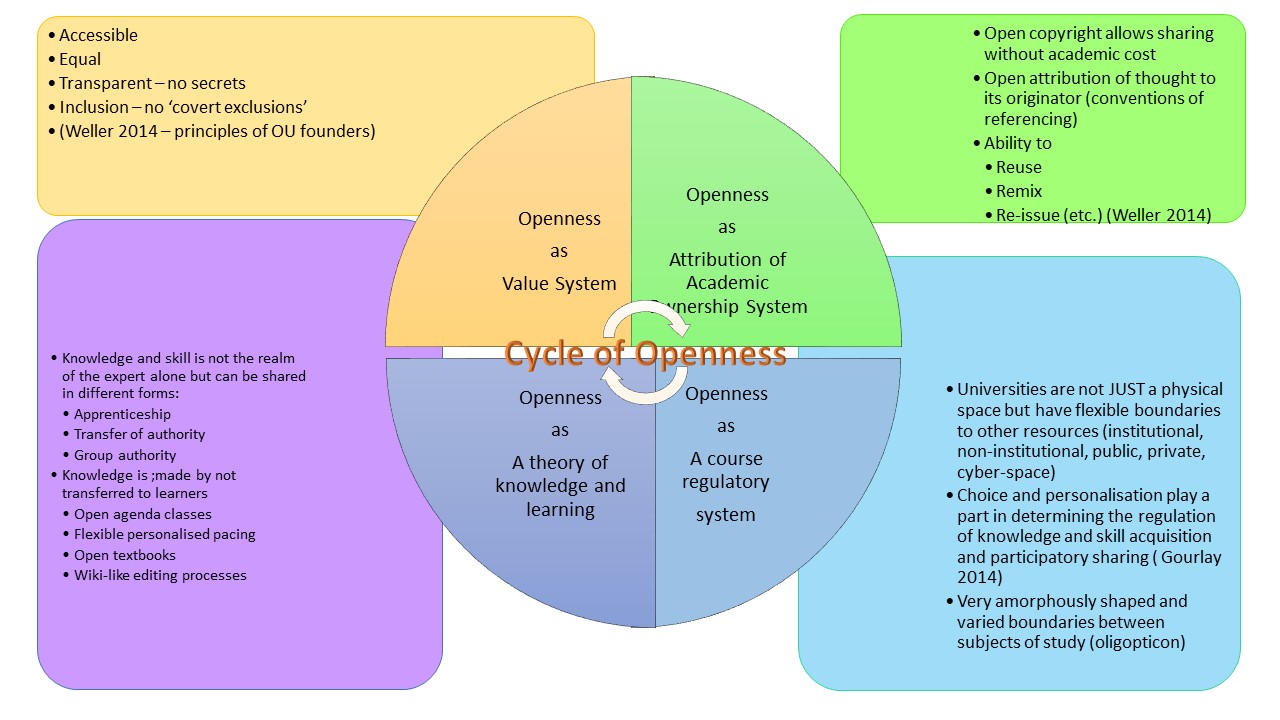
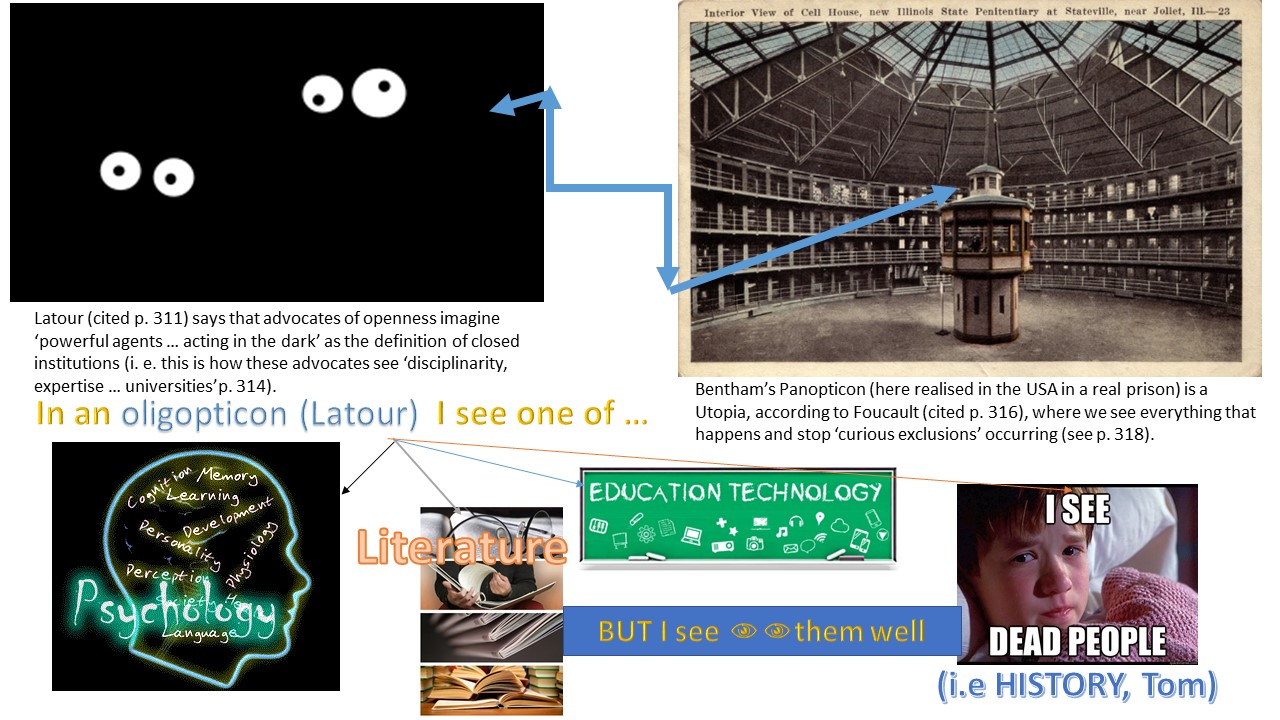

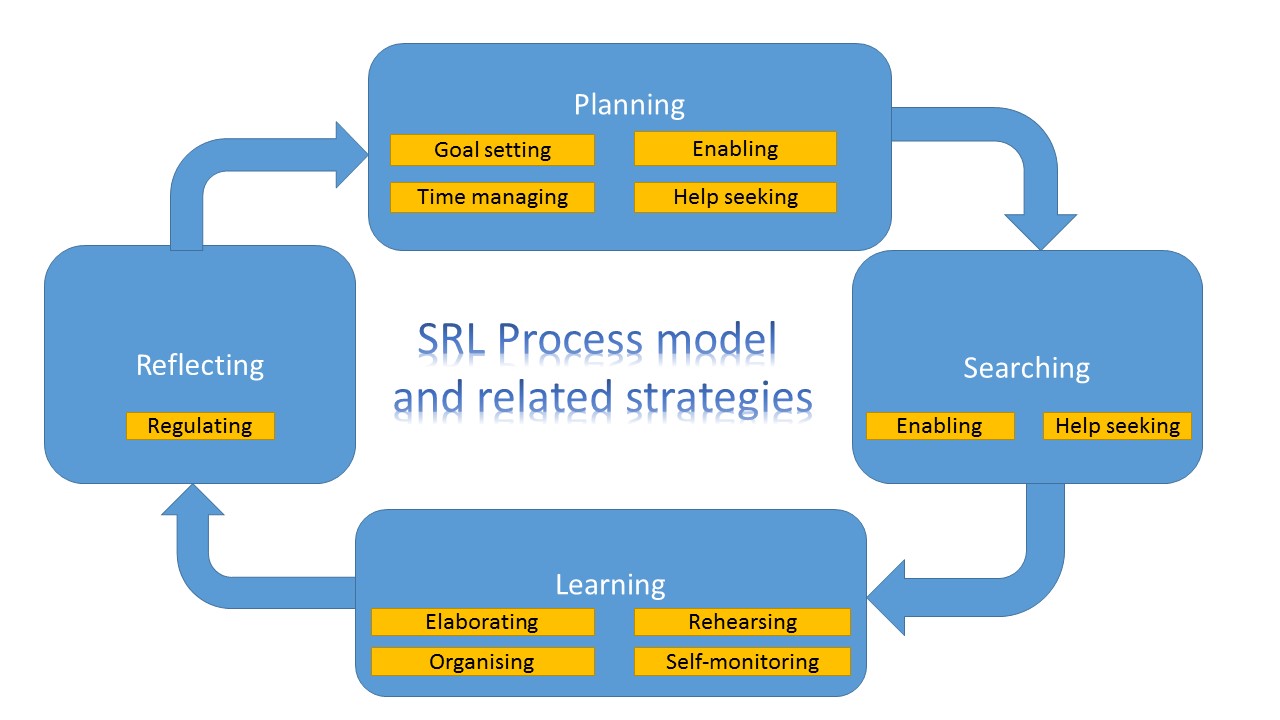
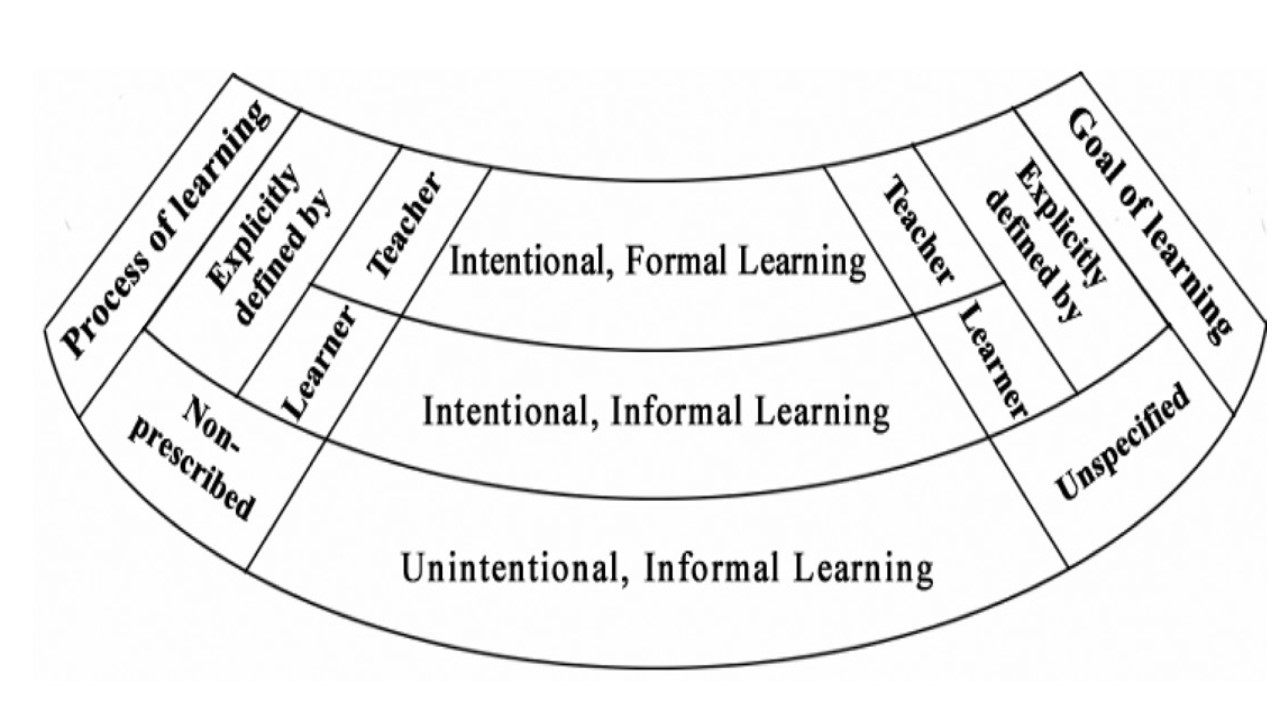 Vavoula’s useful model, which finds
a place for what we use to call the ‘hidden curriculum’ – in the formally
unspecified and non-prescribed. This is where the values of any ideology can
subsist, but especially those who claim, like the ‘open market’, that they are
not ideological. It doesn't take a Zizek to disprove this.
Vavoula’s useful model, which finds
a place for what we use to call the ‘hidden curriculum’ – in the formally
unspecified and non-prescribed. This is where the values of any ideology can
subsist, but especially those who claim, like the ‘open market’, that they are
not ideological. It doesn't take a Zizek to disprove this.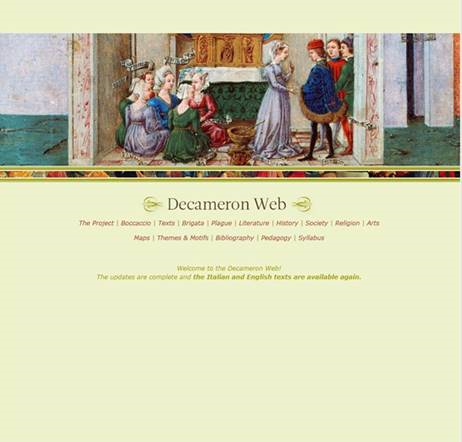 I chose Decameron Web as an innovative project
because my chief interest – the one that sustains – is literature. Also I
discovered the Yale course ‘The Ancient Hero in 24 Hours’ led by Gregory Nagy,
whilst I was studying a course on Ancient Greek Drama with the OU. This course
was clearly modelled on Decameron Web and is still running, last recruiting
January 6th of this year.
I chose Decameron Web as an innovative project
because my chief interest – the one that sustains – is literature. Also I
discovered the Yale course ‘The Ancient Hero in 24 Hours’ led by Gregory Nagy,
whilst I was studying a course on Ancient Greek Drama with the OU. This course
was clearly modelled on Decameron Web and is still running, last recruiting
January 6th of this year.